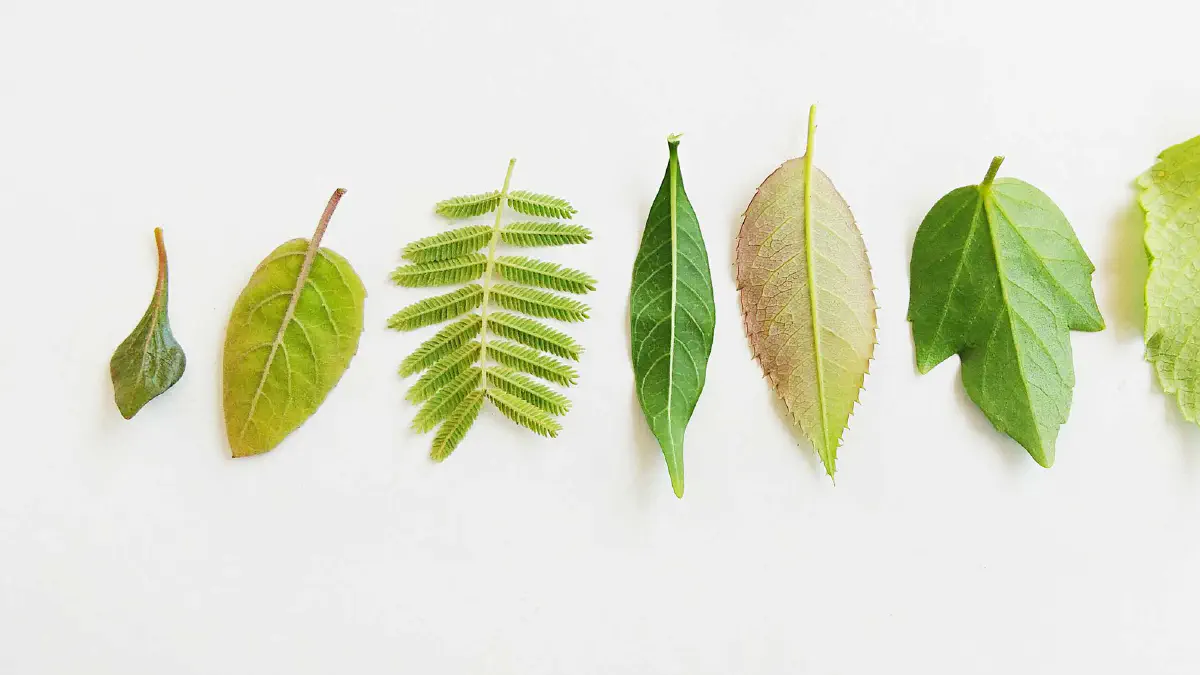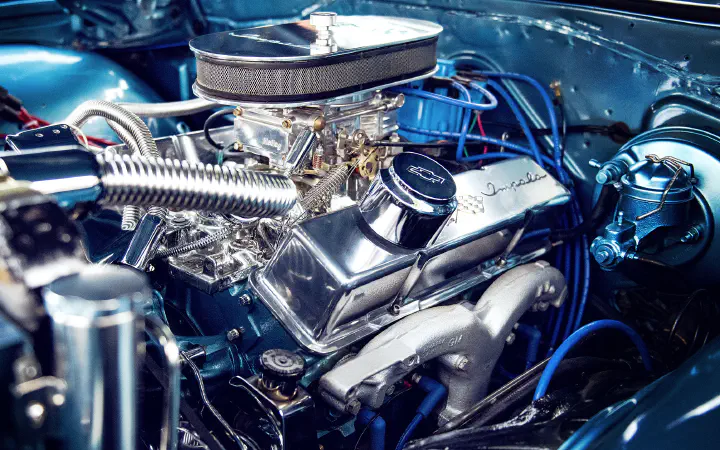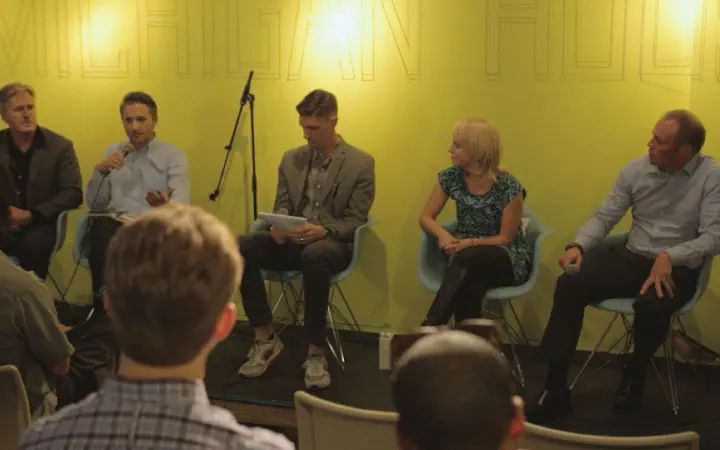
I didn’t know much about design when I first started my career. I began in graphic design, followed by interaction design, then information architecture, and user experience design. 10 years ago a mentor introduced me to the idea that design is a catalyst for innovation and everything changed.
I went to grad school, focused on design and innovation management. That program anchored my understand of design as a way to unlock new ideas for leaders, teams, and organizations.
I now frame design in three modes of work, stitched together by five activities that feed one another, and loops back on itself in a never-ending cycle. Kind of like a design ouroboros.
These 3 modes of work help me think about design in ways that reflect the goals and the types of insights that I’m looking for along the way.
The first mode is Encounter, then Explore, and the third is Evolve.
Encounter
Encounter is about opening yourself up to new ideas and about taking a fresh breath of air. It’s about getting a new perspective and seeing the world through someone else’s eyes. You have to get out from behind the desk and talk to people. Get new input, new sources of information, and new insights into the problem you’re trying to solve.
Start with a fresh slate. This requires a lot of introspection and the ability to set your biases aside.
Explore
The next mode of work is to Explore, which is to follow those ideas and see where they go. Push the boundaries and look for new sparks of insight that aren’t lying on the surface. Work to make sense of the observations and findings you discovered in Encounter.
Learn to live with conflict, the inevitable paradox, and the fog of ambiguity. You have to master holding tension in the air so you can see where the sparks pop from.
Evolve
The third mode is to Evolve. Take those insights and ideas and turn them into something tangible that people can react to. Put your idea out there, evolve them, learn, and never settle for the first idea.
Evolving a concept requires investment. Make sure to give your ideas enough time and room to show some promise. Some of the best ideas are not the most obvious ones.
Design Activities
Five activities connect Encounter, Explore, and Evolve together. They are sequential, one leads to the next. At any moment, you might find yourself with an insight or an idea that pushes you out of the sequence and back to a previous step in the process. The activities present themselves in a linear fashion, but creativity is anything but linear.
Contextualize
The first activity is to Contextualize; get familiar with the people, the problem, and the constraints.
Set aside your biases and see the world anew. Anchor yourself in a firm understanding of who it is you’re trying to serve, what the specific problem you’re trying to solve, and what the constraints are.
Synthesize
Contextualizing leads you to Synthesize. Refine and focus, make meaning of what you discovered. Take those ideas, and identify patterns, anomalies, and bell curves. Look for edge cases. Put order on the context that you’ve discovered.
Ideate
The next activity is to ideate, explore ideas, push the boundaries, get creative, and have fun. I can’t over-emphasize the value of having fun! Great ideas come from having fun. If you’re not having fun, you’re not tapping into your creative potential.
Having fun is messy. Make a mess! Try a lot of things on for size while you’re trying to figure out what works and what doesn’t work. The main goal is to produce a ton of ideas and see where that takes you, versus trying to refine and polish the perfect idea. Quantity over quality!
Out of Ideation, there will be certain concepts that resonate and you feel pulled towards. Flag those ideas and give them extra room to breathe and see what kind of potential is there. They’re young ideas and still rough around the edges. You don’t know if they’re going to work but you need to give them room to breathe. Try to get some roots before you squash them and move on to the next thing. Let ideas live longer than you’re comfortable with.
Hold onto a few ideas that feel risky and push your comfort zone. Those ideas will lead you to unexpected insights.
Prototype
The next activity is to Prototype. Take those ideas and begin to give them shape. Get them into a level of fidelity that others can react to. Do people connect with your idea, and does it solve their needs?
A prototype is an early form of validation. It’s not meant to be the entire experience. You’re trying to test different concepts that you created during Ideation to seeing which one of those ideas shows promise.
Learning
Prototyping is going to push you right into the Learning activity. Expose those ideas to real people and look for moments of insight. Put your prototypes in front of real customers, real users, and get their feedback.
The feedback you get by testing your prototypes link back to understanding the people you’re trying to serve, and the problem you’re trying to solve.
These five activities connect Encounter, Explore, and Evolve in a never-ending cycle. Mastering these 3 modes of work with Contextualize, Synthesize, Ideate, Prototype, and Learn will help you get the most out of design-driven innovation.
Photo by Avinash Kumar on Unsplash




